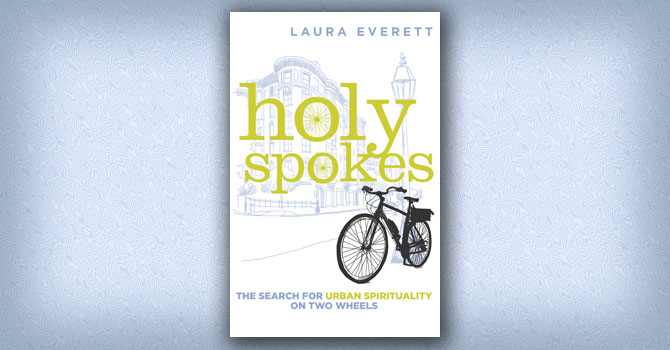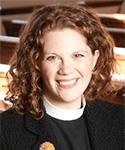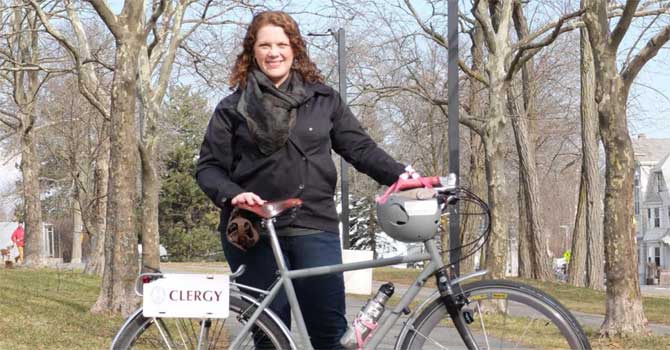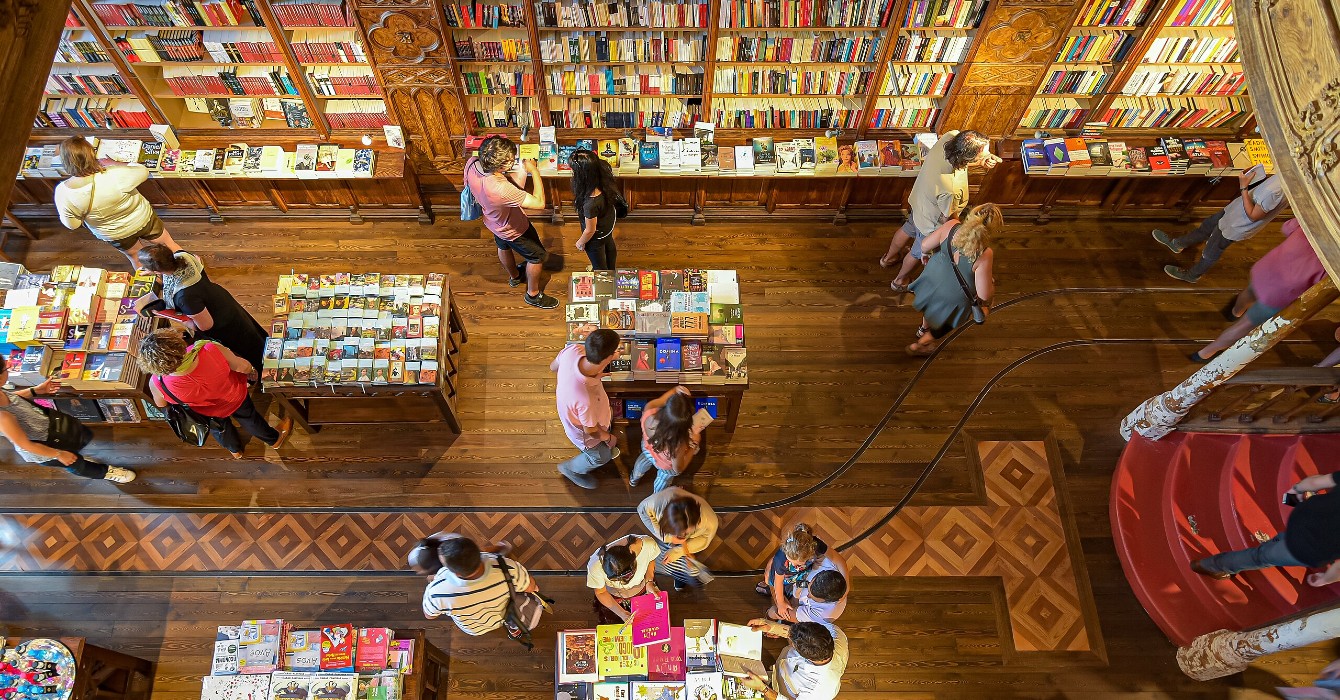From Chapter 3: Saddle | Endurance
Get accustomed to suffering. … The world does not understand these truths, and that does not surprise me.
-- Brother Lawrence, letter to ‘Reverend and very honored Mother …’
Staying in the saddle takes intentionality. Cyclists choose this acceptable amount of pain over the ease of a car or a bus.
We make the decision to keep our butts in the saddle, to stay put. Some Christian monastic communities also make an intentional decision to stay put. In addition to their vows of poverty, obedience, and chastity, they make “vows of stability.” Monks and nuns in the Benedictine tradition pledge stability to a particular community, a particular place, sometimes a city.
A city is, almost by definition, a place of flux. People come and people go, out of choice and out of necessity. During my twenties in Boston, I seemed to move every two years. I didn’t really start to feel connected to the city until I lived in one neighborhood for five years. It’s hard to build “thick” neighborly relationships when you’re moving all the time. To live here responsibly and faithfully invites a vow of stability.
If you look at it closely, the city will break your heart. But you’ve got to stay in the saddle long enough to see it.
****
When I cycle through all of Boston, not just the “good” parts where the tourists visit or the bike paths guide, the collective pain of our city becomes visible. Because I’ve been riding these roads for so long, my eyes have become familiar with my city’s grief.
My temptation is to choose the clear paths that avoid the blatant displays of suffering. My temptation is to take another route to avoid seeing the same man, already drunk by ten A.M., who sits with his backpack and his dirty toupee on the same street corner every day.
By bike, I’m learning to resist my temptation and become more deeply acquainted with my city’s suffering, slowing down enough to see all the small crucifixions on street corners. Lampposts become memorials to the city’s dead, with offerings of teddy bears and candles and liquor bottles.
Roadside memorials fade exponentially from the first day they’re erected. Teddy bears don’t weather well in Boston snow. Grief gets dirtier and more embarrassing, until the offerings to the dead are cleaned up and cleared out late some night.
By bike, it’s easier to see the public pain. Foreclosed homes shutter their former occupants’ dreams inside until they’re bulldozed into the ground. Empty lots bear the claw-marks of bulldozers so that not even empty houses stand in memorial. Photocopied posters of lost dogs and lost humans fade as the winter wind slowly peels away layers of ink and memory.
Even by bike, what is harder to see is the hidden suffering: the invisible damage done to every child in the neighborhood who has learned to recognize the sound of gunshots by the age of three. What is harder to see is the hidden trauma of the sanitation workers who are unwittingly tasked as shrine undertakers, dismantling the decaying roadside memorials late at night. How do we learn to see the hidden suffering of the EMTs who have revived the same addict seven or eight times, and then never see her again? How do we learn to see the hidden suffering of that addict, who has been scuttled away to a shelter on an uninhabited street?
We stay in the saddle.
We stay in the saddle. We become accustomed to the suffering, to build up some wherewithal to keep looking, but not so accustomed that we no longer see. We build up capacity to see the pain, but are not so blinded by it that we can’t keep moving.
To get acquainted with the grief of this city, I’ve biked it for a long time -- for so long now that I see ghosts, ghosts of ghost bikes, those stark white bikes that mark the places where cyclists have been severely injured or killed.
This is the spiritual discipline of the bike: Look. Stay. Do not look away. Do not take a different route. Do not cross to the other side of the road. Accompany your neighbors in their suffering. See as you wish to be seen. This is the urban spiritual discipline of seeing.
Excerpted from “Holy Spokes: The Search for Urban Spirituality on Two Wheels,” by Laura Everett (Eerdmans, 2017). Used with permission.










